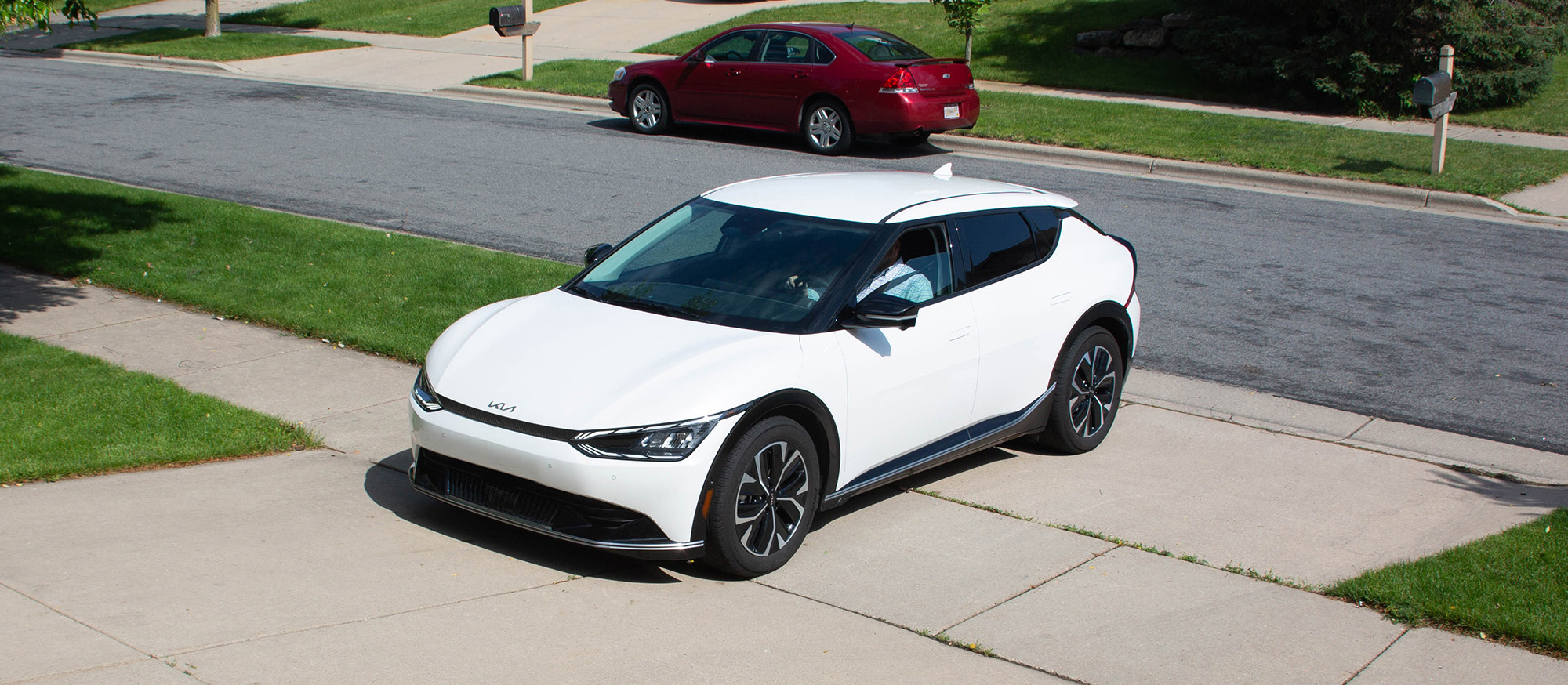Aramis Shop: Your Hub for Stylish Living
Discover the latest trends in home decor, fashion, and lifestyle at Aramis Shop.
Electric Cars: The Future is Plugged In
Discover why electric cars are revolutionizing the roads! Explore the future of driving and the benefits of going green today!
The Advantages of Electric Cars: Why Going Green Matters
The shift towards electric cars is not just a trend; it's a crucial step towards a more sustainable future. One of the primary advantages of electric vehicles (EVs) is their minimal environmental impact compared to traditional gasoline-powered cars. By producing zero tailpipe emissions, electric cars help significantly reduce air pollution, leading to cleaner air and a healthier planet. Additionally, many EVs are powered by renewable energy sources, further decreasing their overall carbon footprint.
Another compelling reason to consider going green with electric vehicles is the long-term cost savings associated with them. Owners of electric cars benefit from lower operating costs, as electricity is typically cheaper than gasoline. Moreover, electric vehicles require less maintenance than their fossil-fuel counterparts since they have fewer moving parts and do not require oil changes. In many regions, government incentives and rebates make EVs more accessible, making it easier for consumers to make the switch. Overall, embracing electric cars not only promotes a sustainable lifestyle but also proves economically advantageous.

Charging Infrastructure: How to Power Your Electric Vehicle
As the adoption of electric vehicles (EVs) increases, understanding the charging infrastructure available for your vehicle becomes essential. There are three primary types of charging stations: Level 1, Level 2, and DC Fast Charging. Level 1 chargers use a standard 120-volt outlet and are best suited for overnight charging at home, providing about 4-5 miles of range per hour. Level 2 chargers, commonly found in public charging stations and homes, operate on a 240-volt system and can deliver 10-60 miles of range per hour. For those on the go, DC Fast Chargers are ideal, as they can charge a vehicle to 80% in around 30 minutes, making them perfect for long road trips.
When planning your trips, it's crucial to map out the available charging stations along your route. Many mobile apps and websites can help you locate nearby charging infrastructure, showing real-time availability and station types. Additionally, consider investing in a home charging solution for convenience and cost savings. Most EV owners find that overnight home charging is often the most efficient way to keep their vehicles powered, while also taking advantage of off-peak electricity rates. Remember that location, accessibility, and charging speed are vital factors when choosing your charging solutions, ensuring that your electric vehicle is always ready to hit the road.
Are Electric Cars Really Better for the Environment?
The debate over whether electric cars are truly better for the environment is multifaceted. On one hand, electric vehicles (EVs) produce zero tailpipe emissions, which significantly reduces air pollution in urban areas. According to various studies, the life-cycle emissions of EVs, including manufacturing, charging, and disposal, have been decreasing as renewable energy sources become more prevalent. However, it’s important to consider the environmental impact of battery production, particularly regarding lithium and cobalt extraction, which can be harmful to ecosystems if not managed properly.
Moreover, the source of electricity used to charge EVs plays a crucial role in their overall environmental footprint. In regions where electricity is primarily generated from fossil fuels, the advantages of electric cars diminish. Transitioning to a cleaner energy grid can enhance the sustainability of electric vehicles. Additionally, improved recycling methods for batteries and advancements in technology are paving the way for a greener future. Ultimately, while electric cars offer promising benefits, ongoing efforts in energy production and resource management are essential to maximize their positive impact on the environment.